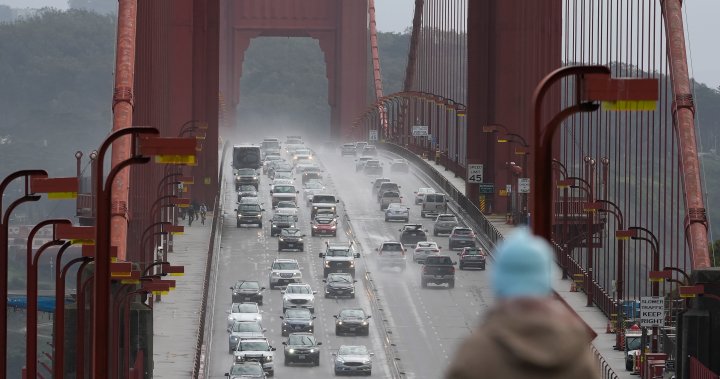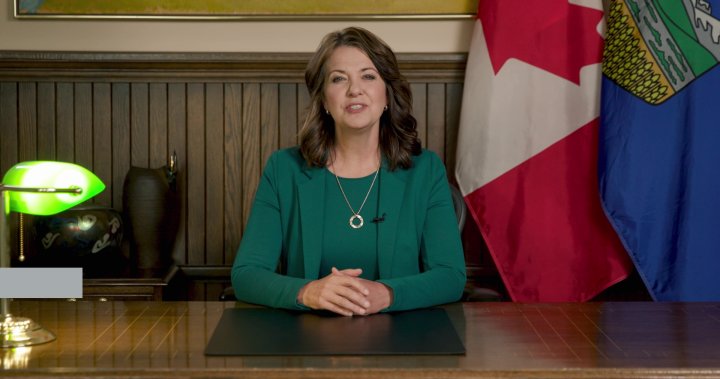The U.S. Environmental Protection Agency said on Wednesday it has approved California’s landmark plan to end the sale of gasoline-only vehicles by 2035.
The decision in the final weeks of President Joe Biden’s administration sets up a fight over the future of California’s vehicle regulations. President-elect Donald Trump has vowed to rescind approvals granted by the EPA to California to require more EVs and tighter vehicle emissions standards.
EPA Administrator Michael Regan granted a waiver under the Clean Air Act to California to implement its plan to require that by 2035 at least 80 per cent of new cars sold be electric and up to 20 per cent plug-in hybrid models. California’s rules have been adopted by 11 other states, including New York, Massachusetts and Oregon.
The EPA also granted another waiver for California’s “Omnibus” low-NOx, or low-nitrogen oxide, regulation for heavy-duty highway and off-road vehicles and engines, while six others are pending.

The Alliance for Automotive Innovation, a trade group representing General Motors, Volkswagen, Toyota Motor and other automakers, said California’s vehicle rules “will depress economic activity, increase costs and limit vehicle choice” and will require automakers to sell fewer vehicles in the 12 states to comply.

Get breaking National news
For news impacting Canada and around the world, sign up for breaking news alerts delivered directly to you when they happen.
“Achieving the mandates will take a miracle. There needs to be balance and some states should exit the program,” the group said this month.
California’s rules require 35 per cent of vehicles in the 2026 model year to be a zero-emission model, rising to 68 per cent by 2030. The state says the rule is crucial to meeting greenhouse gas emission reduction targets and cutting smog-forming pollutants.
On Friday, the Supreme Court agreed to hear a bid by fuel producers to challenge the waiver California received in 2022 for vehicle emissions rules.
The EPA in March 2022 reinstated a waiver for California to set its own tailpipe emissions limits and zero-emission vehicle rules through 2025, reversing a 2019 decision under Trump’s first administration.





